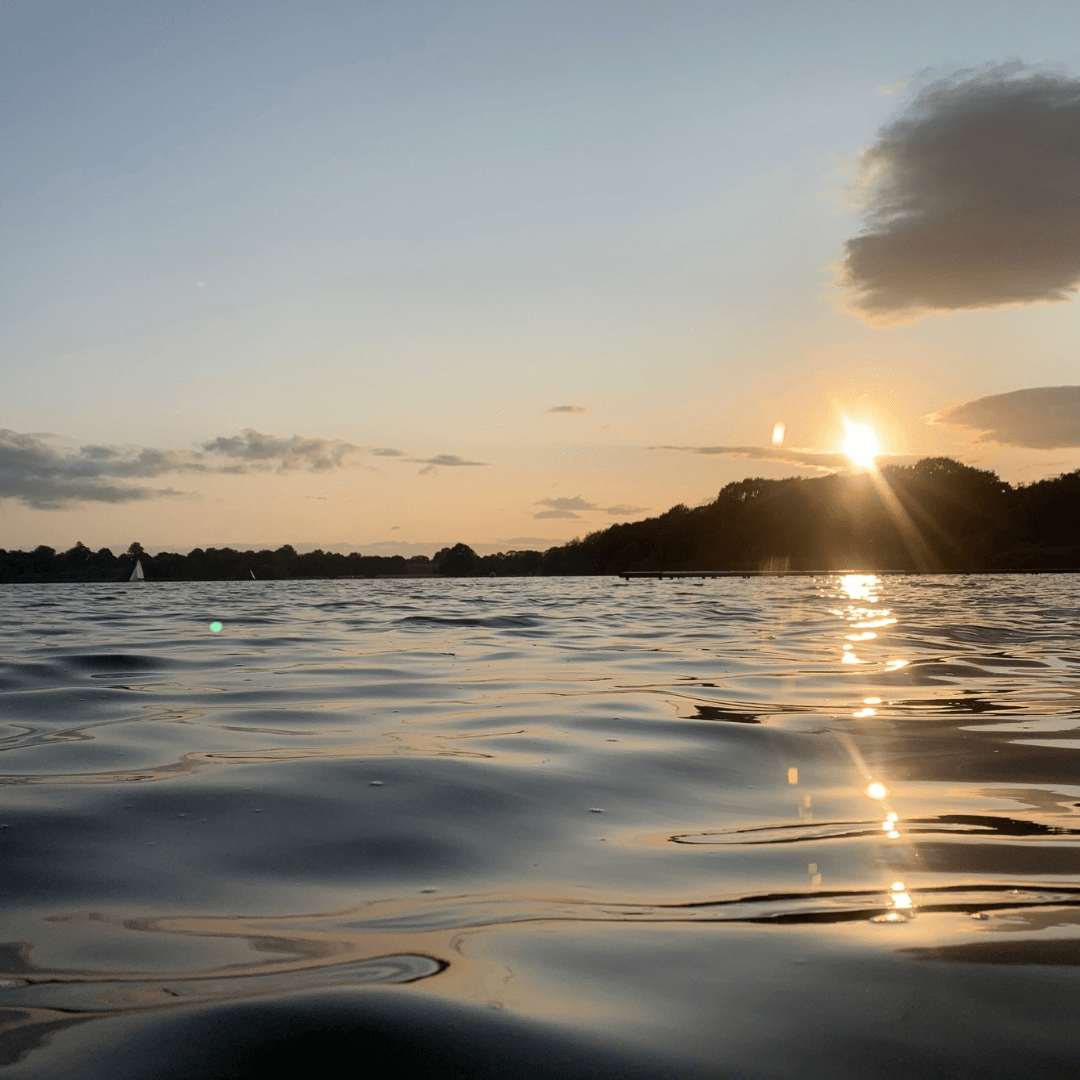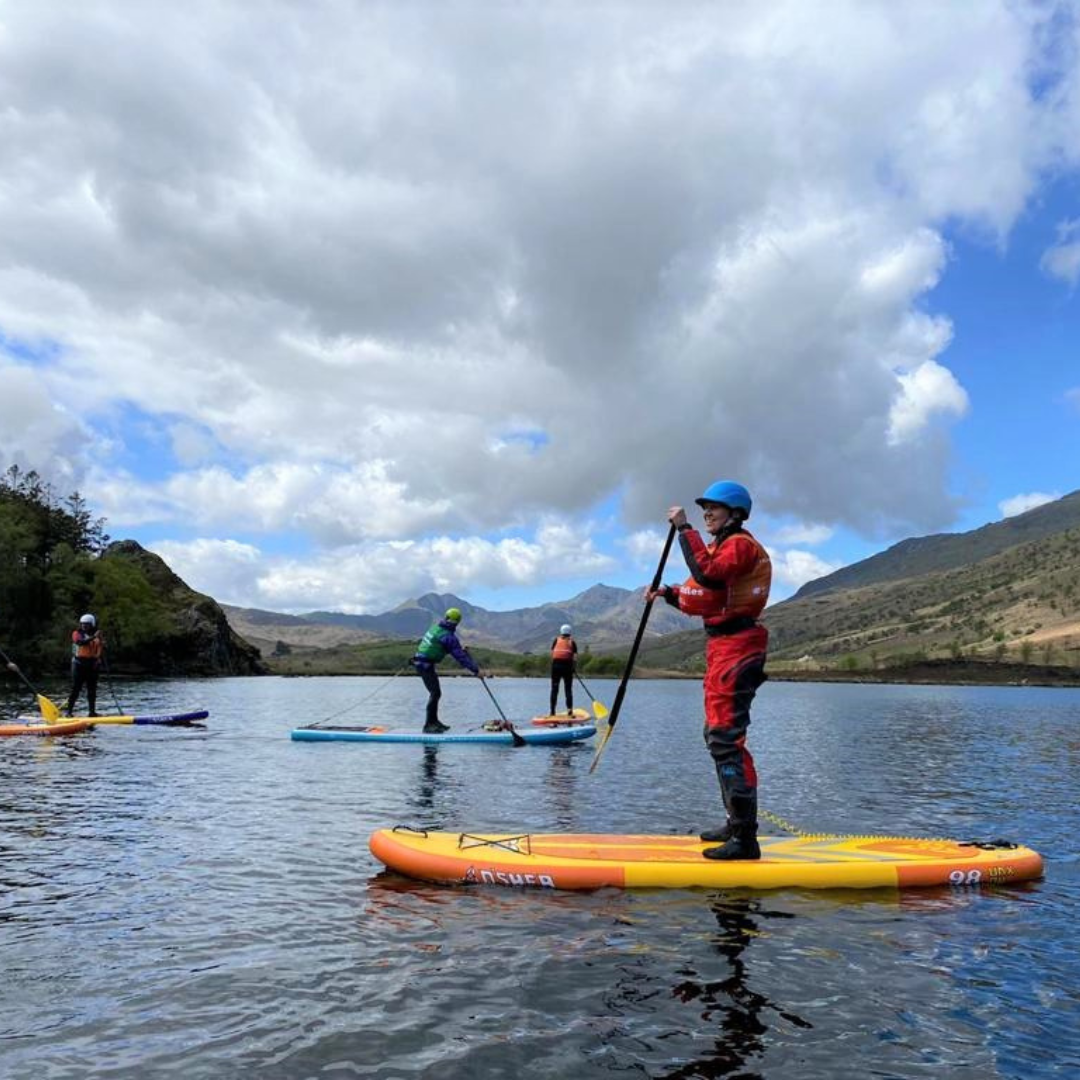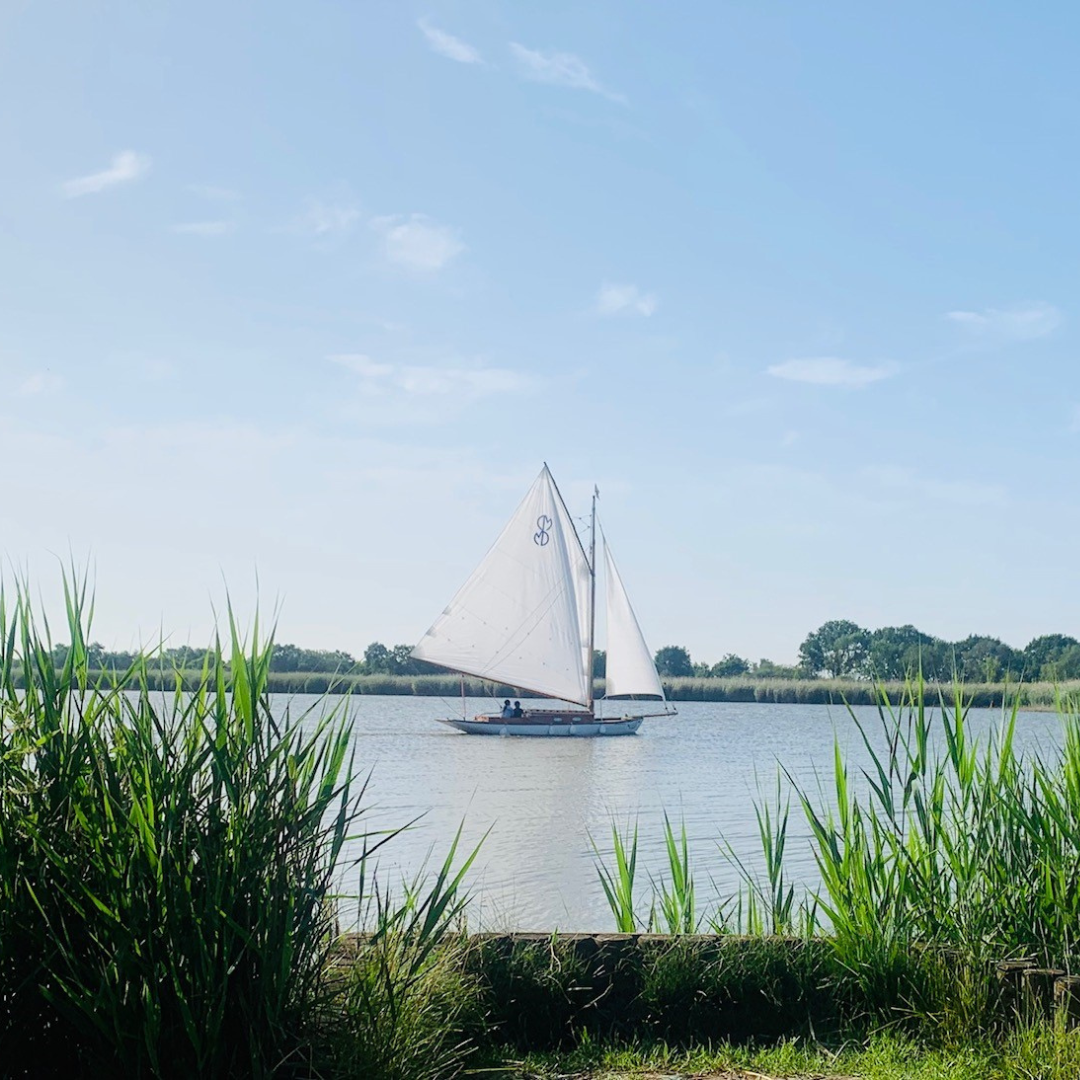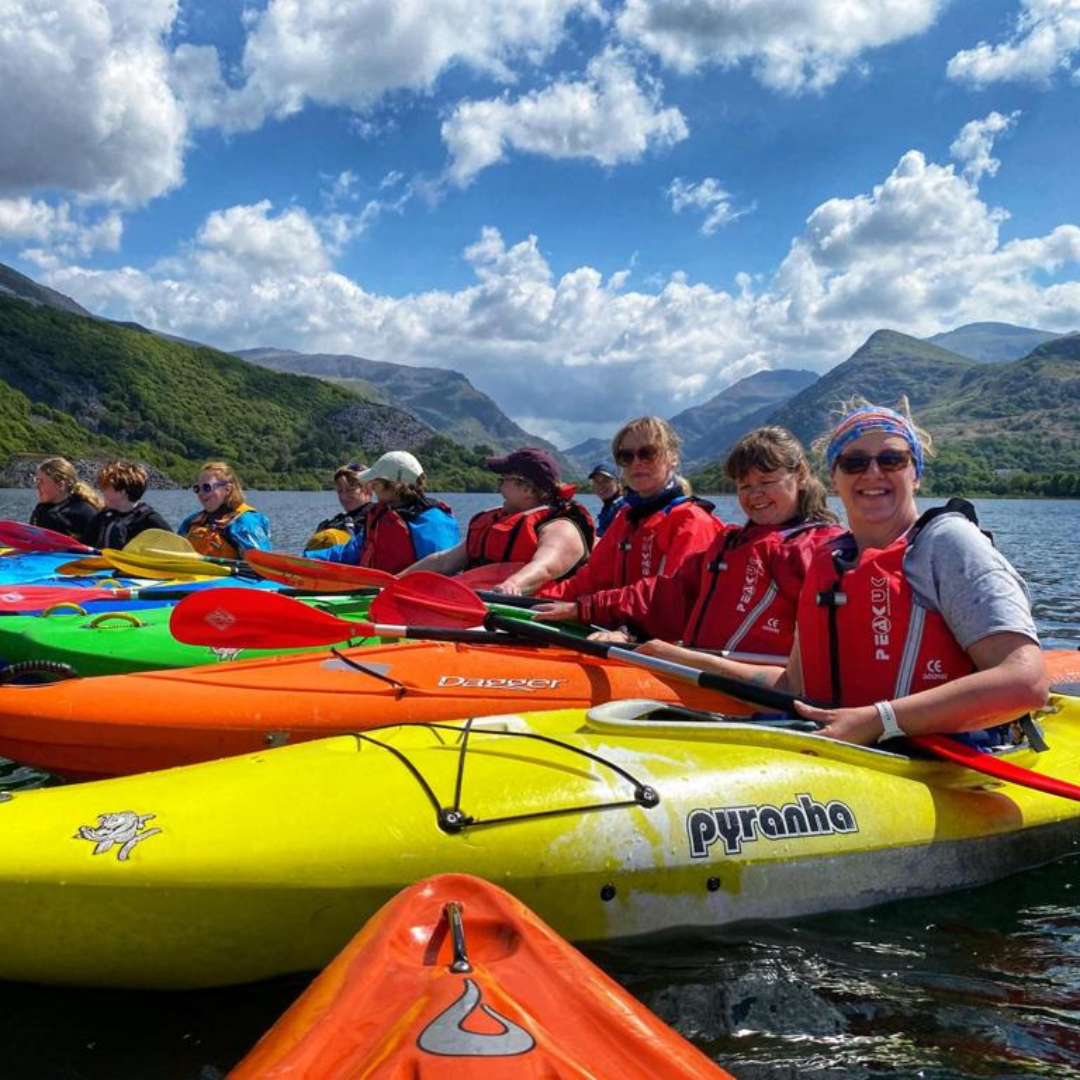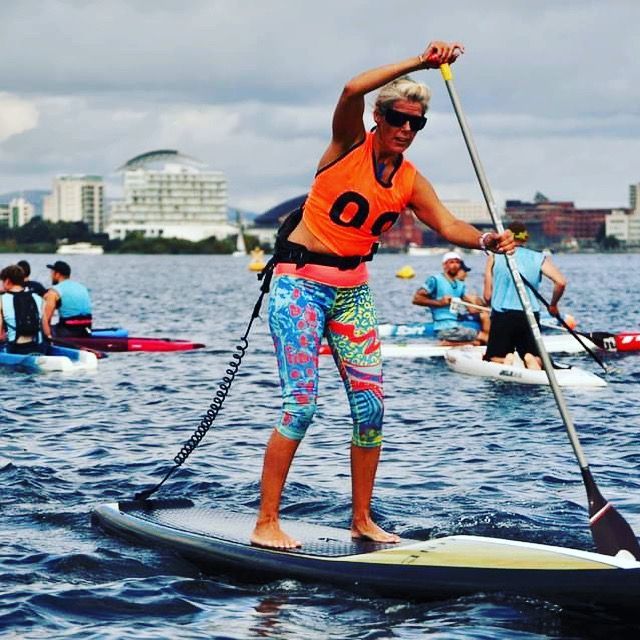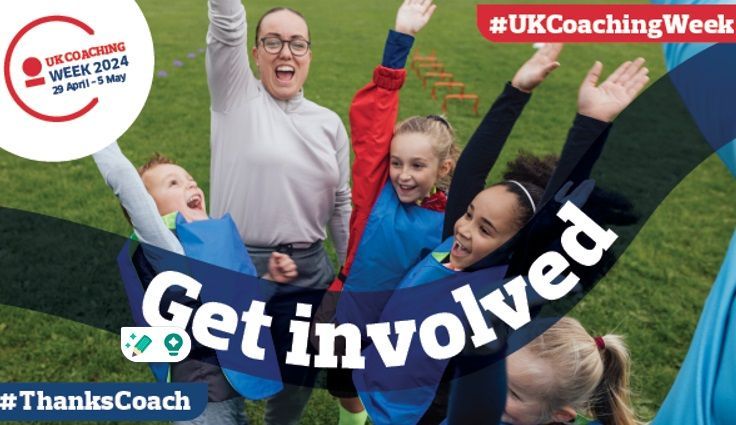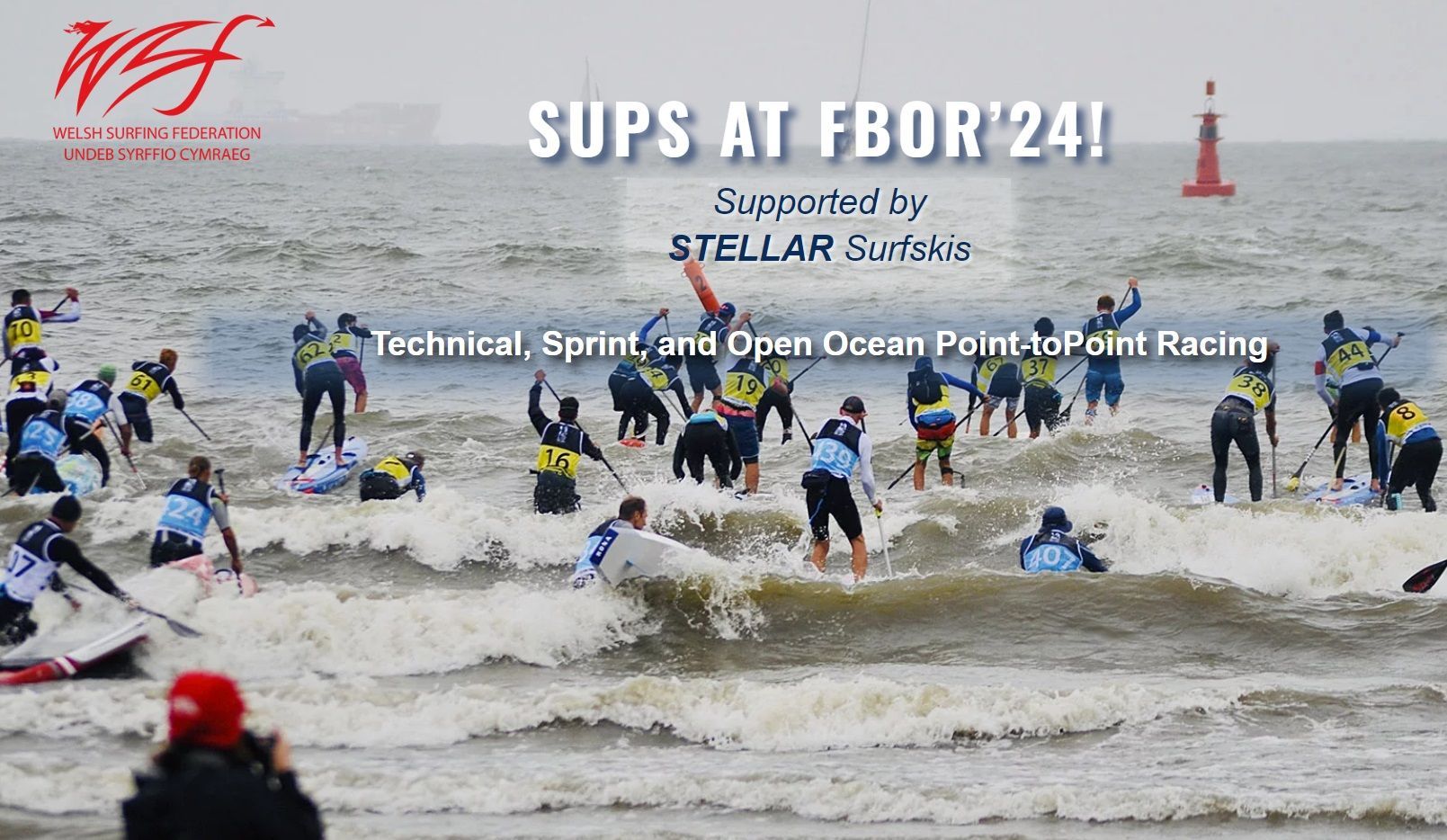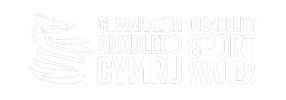Should I go out if it’s windy and what’s the difference between onshore and offshore wind?
The weather can have a big impact on your trip and wind can be your biggest friend or your worst enemy, especially on larger, more exposed lakes. You set off, blast down the lake like a paddle-powered missile, then turn round and get stopped dead by the wind. You realise the wind has pushed you away from the shore and you now have to paddle back against it. It only takes around 12mph of headwind to make paddleboarding, kayaking and canoeing difficult. And Wales is a windy place!
Avoid or plan around offshore winds
Get the weather forecast and check the wind speed and direction; will the wind blow you towards the shore (onshore wind) or carry you away from the shore (offshore wind)? Offshore winds should be avoided or be carefully planned around.
Calm conditions are best, however, if there is a breeze plan your journey around it. Try to start your trip paddling into the wind; that could mean choosing a different launch spot or planning your trip so you paddle into the wind first and then with the wind on the way back (that way you’ll get some assistance on the return journey – when you’ll probably need it most!). Starting out into the wind also means if it gets too strong to paddle against you can just turn round and let it carry you back to the shore.
Be prepared to change your plans or ditch your trip completely if the conditions aren’t right.
Get a forecast
There are two websites that can help you with this. The MetOffice
is the go-to place for weather forecasts and includes wind direction and speed. If you prefer something a little more visual, Windy.tv
is a great secondary resource; it shows live (and forecast) wind direction and speed on a map, so it’s easy to see the wind direction and how it will change during the day. Both of these are also available as apps for iOS and Android.
Check the conditions when you arrive
When you arrive, look out for any windsocks and flags; if they’re flying fully extended then it’s probably too windy! Check which way they’re lifting – towards the shore (onshore) or away from the shore (offshore). You can even go old school and put your finger in the air!
Look at the ‘state’ of the water too. Waves are created by wind blowing across the water. If the water is flat and calm it usually means there is little wind. If there are waves or whitehorses that usually means there’s lots of wind. If it’s flat and calm near the shore with waves and whitehorses further out, that’s a sign that there’s more wind further out, which is best avoided – stick to the calm, shoreline waters.
A lot of lakes in Wales are surrounded by hills and mountains, which can funnel the wind and make it even stronger. The size of the lake will have an impact too; the further the wind travels over the water the bigger the waves. So longer lakes can have surprisingly rough water. Again, have a good look at the water when you arrive to see if any areas have bigger waves and plan your trip around these.
What equipment do I need?
Most importantly a ‘lake-worthy’ paddlecraft! For inflatables check the board/kayak is rigid when pumped, has no leaks and any attachment points are secure. For hard-hulled (plastic/composite) boats check that the hull is intact (no cracks or holes), that the fittings are secure (seats, grab handles etc) and the plastic isn’t brittle/UV-damaged.
A buoyancy aid or personal flotation device (PFD) is essential, whether you’re paddling a canoe, kayak or paddleboard. Ideally one that has been designed specifically for paddlesports (easier to paddle and swim in).
For paddleboards a leash is vital (ideally a waist leash, if not an ankle or calf leash is suitable for flat water).
You should also carry: a mobile phone (in a waterproof pouch, carried on you, not on your boat/board), appropriate clothing for the weather (plus spares in a dry bag), water, food, hand sanitiser and sunscreen (fingers crossed you need it!).


